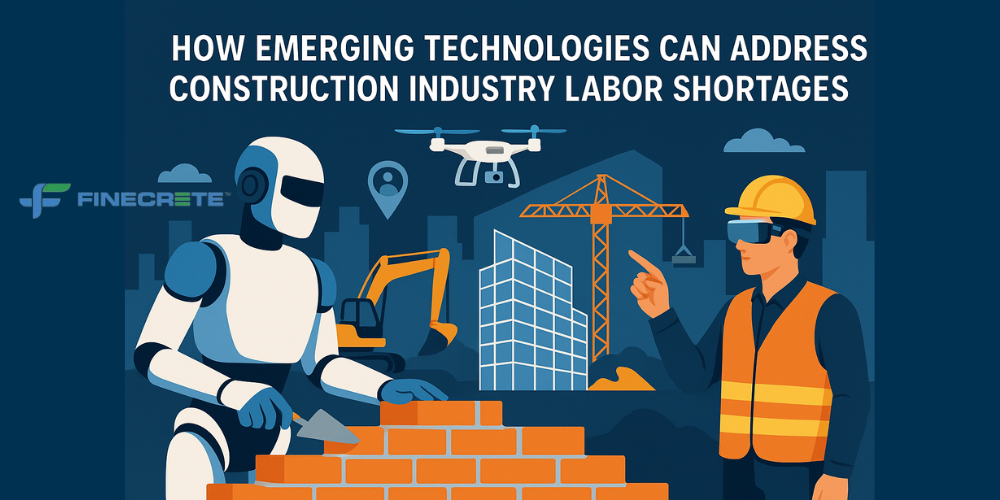Shortage of labor has been one of the biggest challenges in the construction industry for several years. Despite steady growth of the industry, many companies are finding it difficult to fill up important roles on the work sites. Due to this reason, many important tasks are lying attended and project timelines are getting extended.
What Causes Construction Industry Labor Shortages?
Labor shortages in the construction industry mainly occur due to a number of factors such as:
- The existing workforce getting older, with numerous construction workers approaching the age of retirement
- Not many young people coming into the industry to replace the old workers
- The industry getting technology more updated, with a skills gap being noticed as a consequence
- Construction work being perceived as physically challenging, with working conditions not as desirable as in other industries
Due to all such reasons, the construction industry is going through a challenging time. It has less number of people in the workforce ready to handle construction work and especially, everyday activities that are physically demanding.
Can Emerging Technologies Address Labor Shortages in the Construction Industry?
It seems to be quite likely. Such types of technologies can improve project efficiency significantly, in more ways than one. Take a look at how labor shortages can be mitigated with the help of various technologies:
- Automation of repetitive tasks:
When robots are deployed for important tasks such as demolition, pouring of concrete or bricklaying, it can significantly reduce the need to apply manual labor in repetitive or hazardous tasks. If big components are constructed in controlled ambiences off-site, it can reduce the need for labor requirements on-site. Quality control can be improved too.
- Better planning and visualization:
With BIM, it can be easier to create detailed 3D models of a project. This can help plan, coordinate and identify potential problems much better, before initiating construction activities. It can reduce the need for rework and make the most of existing workforce.
Augmented reality can help in visualizing design elements and detecting possible conflicts, making work progress more efficiently and reducing the risks of errors.
- Ensuring better site safety and monitoring:
With the aid of aerial drones, the progress of activities on-site can be surveyed more precisely. Safety hazards can be identified better. Site conditions can also be monitored without much need for human surveyors. The movements of workers can be monitored with smart safety gear. It can help track the on-site location of workers and offer real-time safety alerts.
- Workforce training and upskilling:
VR simulations can also be effective. Virtual reality can be used to provide workers with immersive training on complex equipment operation and activities, reducing problems in learning and improving skills.
With digital training platforms, training modules can be offered to a wider workforce, to offer important updates on safety procedures and new technologies.
With the help of these emerging technologies in construction, the issue of labor shortages can be reduced significantly. It can help to make the workforce more efficient, improve safety and allow faster completion of projects even with less number of workers.






